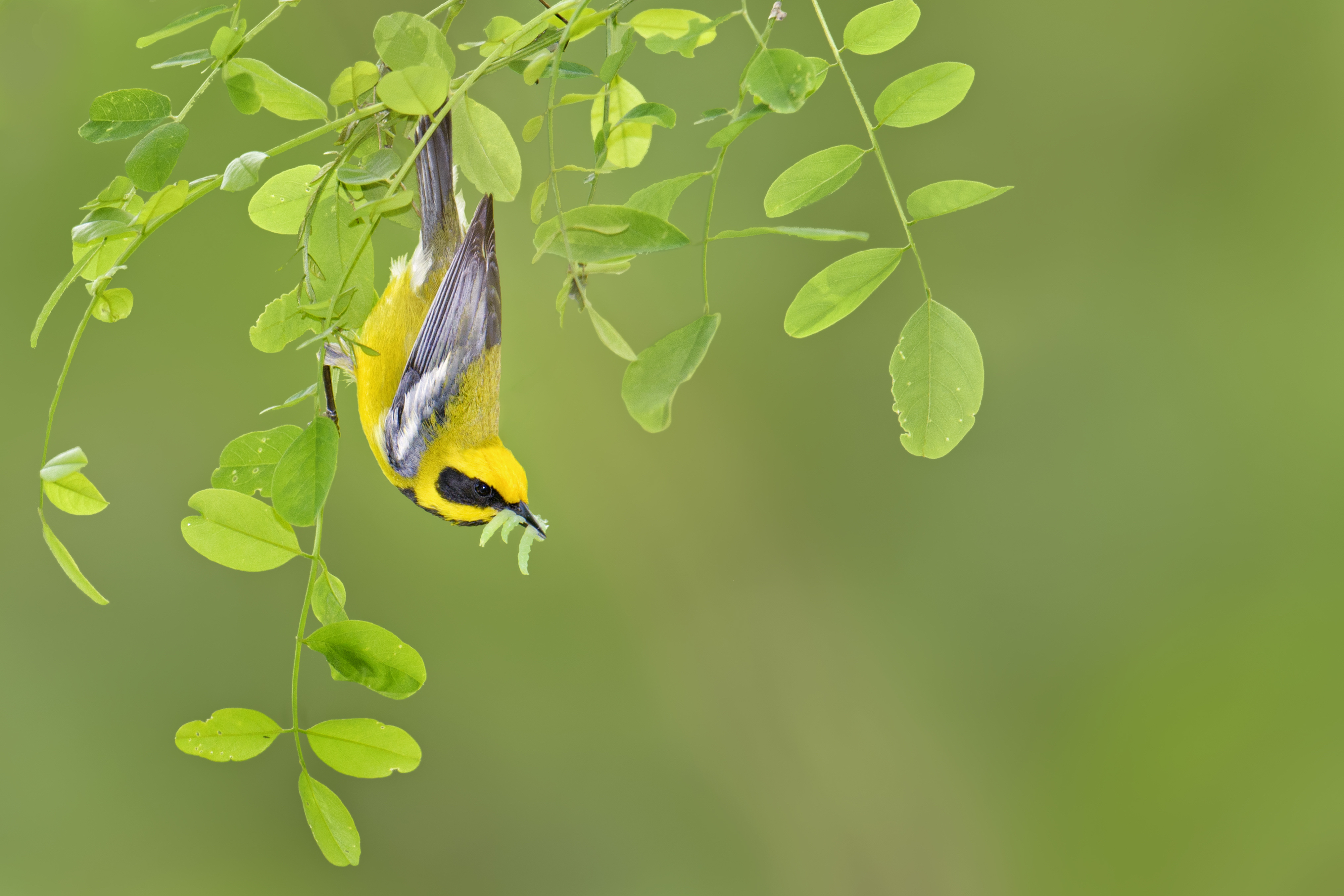By Erik Funk & Scott Taylor
Linked paper: High-throughput sequencing is revealing genetic associations with avian plumage color, by E.A. Funk and S.A. Taylor, The Auk: Ornithological Advances.
Few groups of organisms possess striking visual displays that rival the bright colors and intricate patterns of bird feathers. Humans have appreciated the beauty of feathers for centuries, but their appearance can also play important evolutionary roles. For example, coloration and patterning often act as important cues during mate selection. When individuals vary in their preferences for different colors, whole populations may change over time, potentially leading to the formation of new species. Because of the potential role of feather coloration and patterning in the process of species divergence, understanding the genetic basis of feather color and how variations arise can help us learn more about when and how speciation can occur.
As biologists trying to better understand the process of divergence and speciation, we’re interested in what color differences between closely related bird species might reveal about the genetics of population divergence. Recently, a number of studies have taken advantage of new sequencing technology that allows scientists to capture variation in DNA from across an organism’s entire genome. This higher-resolution sequence data is providing new information about the genetic basis of plumage traits in birds. Taken together, the results from these studies have the potential to improve our understanding of the role coloration can play in the process of speciation.
While reviewing the recent literature, we were struck by a consistent finding across many studies: genetic differences between closely related species related to feather color often appear in regions of the genome that likely influence gene expression, rather than gene function. This is striking, because the majority of previous research on feather coloration has reported the opposite. Additionally, many patches of plumage color (e.g., throat color, cheek color) appear to be controlled independently of each other. If these independent regions from across the genome were to recombine in new ways during reproduction, birds with previously unseen combinations of plumage patch colors could arise.
In addition to providing these new insights into the genetics of color patches, a number of recent studies are particularly exciting because they reveal new information about the genetic basis of carotenoid-based coloration. On the scale of a whole organism, the process that results in color appearing in any given area is complicated. Our understanding of this process for melanin-based pigments such as blacks, browns, and grays far exceeds what we know so far about the absorption and eventual deposition of carotenoid-based red and yellow pigments. However, studies from across multiple bird systems are reporting similar genes associated with carotenoid-based coloration, and possibly similar proteins that may be important for the movement of carotenoids through a bird’s body before they are deposited in a feather. Although these new insights are restricted to a few components of a much broader process, they are important first steps to better understanding the remarkable coloration of birds.
Many important factors affect the process of speciation. That said, the things we are learning from recent studies about the fine-scale genetic control of color differences in birds provide interesting avenues to explore. Because color patches appear to be controlled independently of each other and by similar mechanisms across different taxa, generating new color combinations may be fairly straightforward in some species. With these new color combinations may come the development of new mate preferences, the divergence of populations, and continued generation of the biological diversity we have come to appreciate so much.
